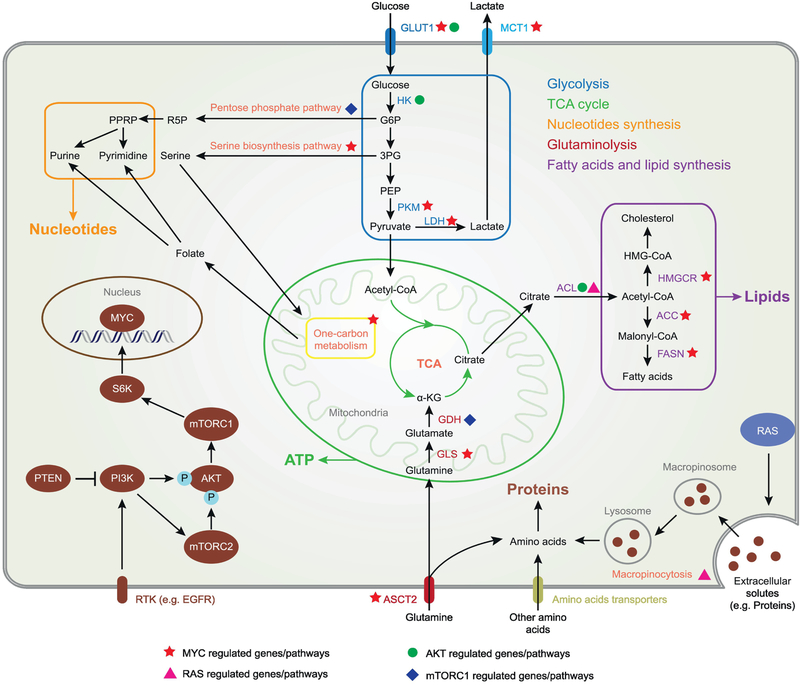Fig. 1. Oncogenic signaling reprograms metabolism of cancer cells to support rapid cell growth.
PI3K-AKT-mTOR signal promotes glucose uptake, glycolysis and the flux of glucose carbon into fatty acids, lipid and nucleotides. Transcriptional factor MYC further enhances the glycolysis while also facilitates glutamine uptake and utilization, fatty acids, lipid and nucleotides de novo synthesis. Ras induces macropinocytosis as an alternative way of amino acids uptake. Filled green triangle target genes/pathways for PI3K; filed green circle target genes/pathways for AKT; filled green square target genes/ pathways for mTORC1; filled orange star target genes/pathways for MYC; filled pink triangle target process for Ras. GLUT1, Glucose transporter 1; MCT1, Monocarboxylate transporters 1; HK, Hexokinase; PKM, Pyruvate kinase; LDH, Lactate dehydrogenase; PDH, Pyruvate dehydrogenase; GDH, Glutamate dehydrogenase; GLS, Glutaminase; ACL, ATP citrate lyase; HMGCR, Hydroxymethylglutaryl-CoA reductase; ACC, Acetyl-CoA carboxylase; FASN, Fatty acid synthase; ASCT2, ASC amino acid transporter 2; G6P, Glucose 6-phosphate; 3PG, Glycerate 3-phosphate; PEP, Phosphoenolpyruvate; R5P, Ribose 5-phosphate; PPRP, Phosphoribosyl pyrophosphate; α-KG, α-ketoglutarate.

